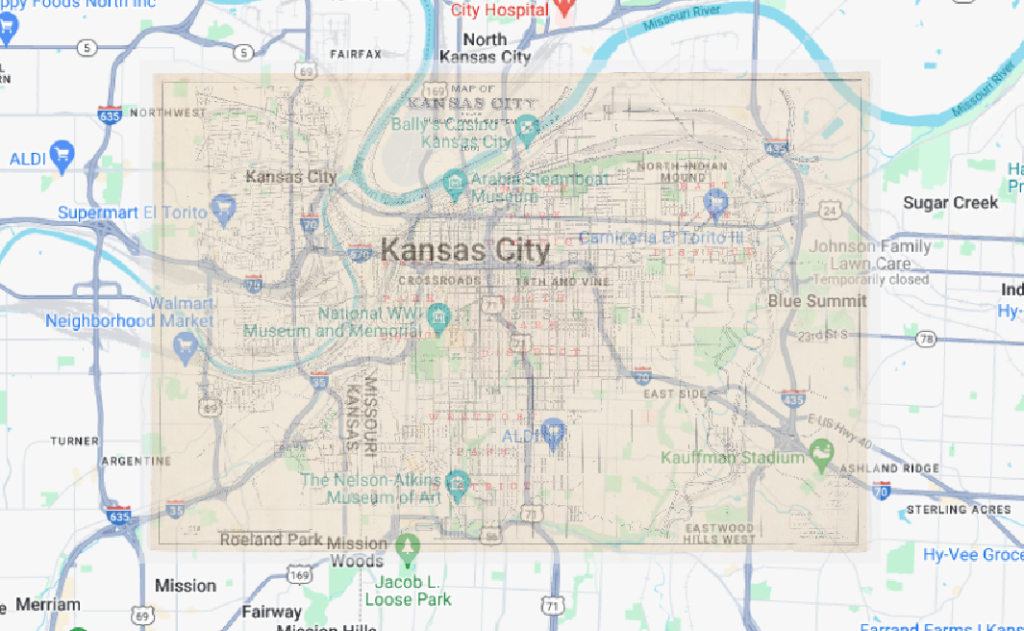The United States, like many of the countries that have been major powers over the past two centuries does not have a past free of colonialism. The widely produced map of the United States that only includes the contiguous 48 states, Alaska and Hawaii fails to tell a complete and accurate story of the US. This map, shown below is so common within the US that an iteration of it hangs above my bed. This map lacks the complete nuance that is needed to understand the rich history of the country, leading to many misconceptions by Americans and others about the nation.

Although the ‘logo map’ fails to give a complete dive into the complexities of the us borders and territories, Immerwahr’s other map also fails to do so. The map below shows all the outer borders of the US states and territories but does not provide borders between the contiguous states or actual locations of any of the territories, this map also fails to capture the nuance that Immerwahr claims to desire, despite the map’s old age.

Bill Rankin’s map from 2007 of the territory of the United States does a much better job at capturing the detail of the country and even gives some information on each colony or territory and it’s governing structure. The map is in depth and features many legends to explain the importance of each feature. A fragment of the map shows the layers of government within each of the US states and a wider portion of the map is dedicated to the territories and their layers of government.

Overall it seems that Immerwahr is willing to go to great lengths to criticize the mapping techniques and strategies of the United States and the so called ‘logo map’, but fails to provide a more robust resource to portray this, while Rankin does.














